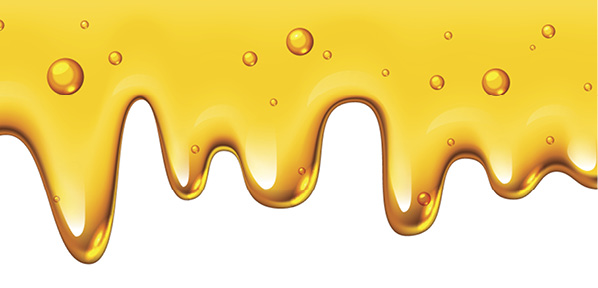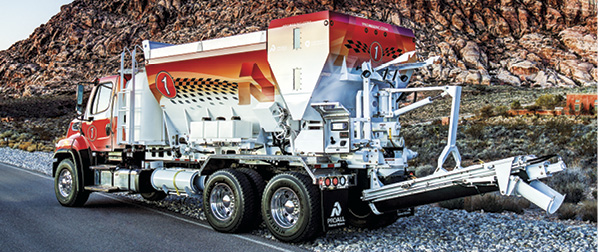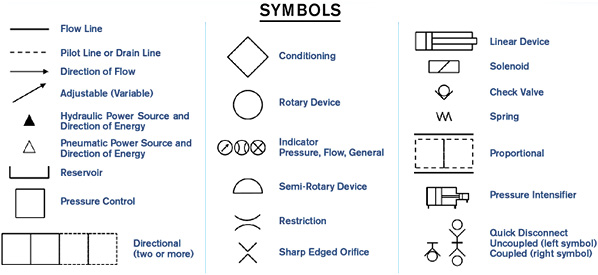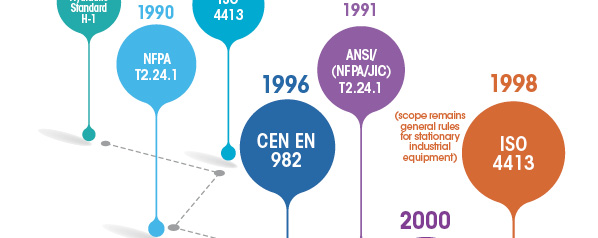The Little Leaks That Keep Men Poor
With more storm clouds appearing on the economic horizon, it’s now more important than ever that every dollar spent on operating and maintaining fluid power …
Hydraulic Products and the Replacement Market
By P.K. Guha Hydraulic applications are here to stay, contrary to the belief that the electric industry will be a threat. The electric industry has become more …
Revisions Completed for 4-screw Hydraulic Flange Connections Standards ISO 6162/J518
By Robert Mackey, SAE J518 Standard Champion, ISO 6162 US Lead Expert, MAIN Mfg. Products, Inc., info@mainmfg.com The importance of these standards was shown …
Hydraulic Controls and Filters for Custom-Formulated Concrete
ProAll Reimer Mixers operate on an entirely different principle than does the typical concrete truck one might see on the road. Instead of mixing the cement, …
Hydraulic Basics: Recognizing Hydraulic Symbols
This new series of articles, compiled by Fluid Power Journal Technical Editor Dan Helgerson, CFPAI/AJPP, CFPS, CFPECS, CFPSD, CFPMT, CFPCC, will include …
The Real Value Of Hydraulic Circuit Diagrams
Like many readers of this Journal, I’m regularly involved in troubleshooting problems with hydraulic equipment. When in these situations, there are two …
Select The Right Hydraulic Component Using Hydraulic Pump & Motor ISO Standards
By Jose M. Garcia Bravo, Ph.D., CFPS The International Standards Organization (ISO) helps hydraulic pump and motor users, manufacturers, and researchers …
Rethinking Hydraulic Safety
According to the International Hydraulic Safety Authority (IHSA), hydraulics and electricity are both forms of transmitting energy, and most often hydraulics …
Limp Mode Allows Machines to Stay Operational
Hydraulic equipment is changing. As end users look to intelligent systems to improve machine performance without sacrificing the power density hydraulics …
ISO Standards for Hydraulic Systems and Pneumatic Systems
Jerry Carlin, Past Chair of ISO TC 131/SC9 (2003-2015) Formal standardization of hydraulic and pneumatic systems best practices began in the early 1950s …











